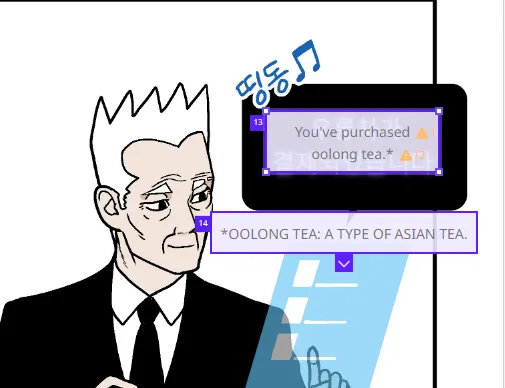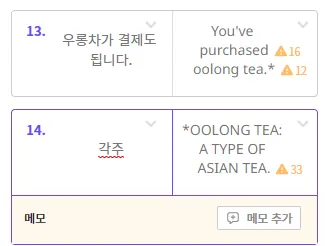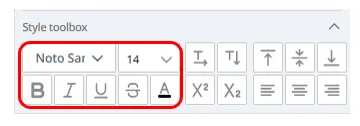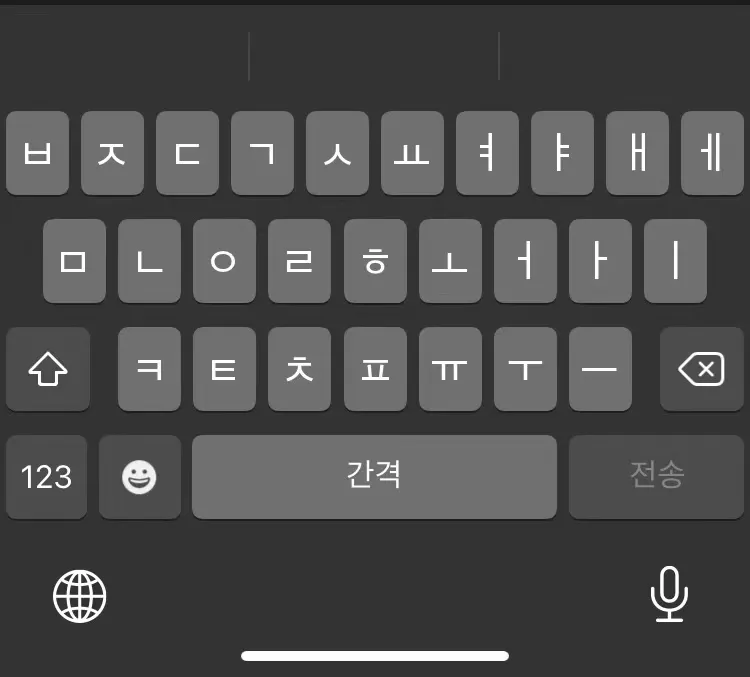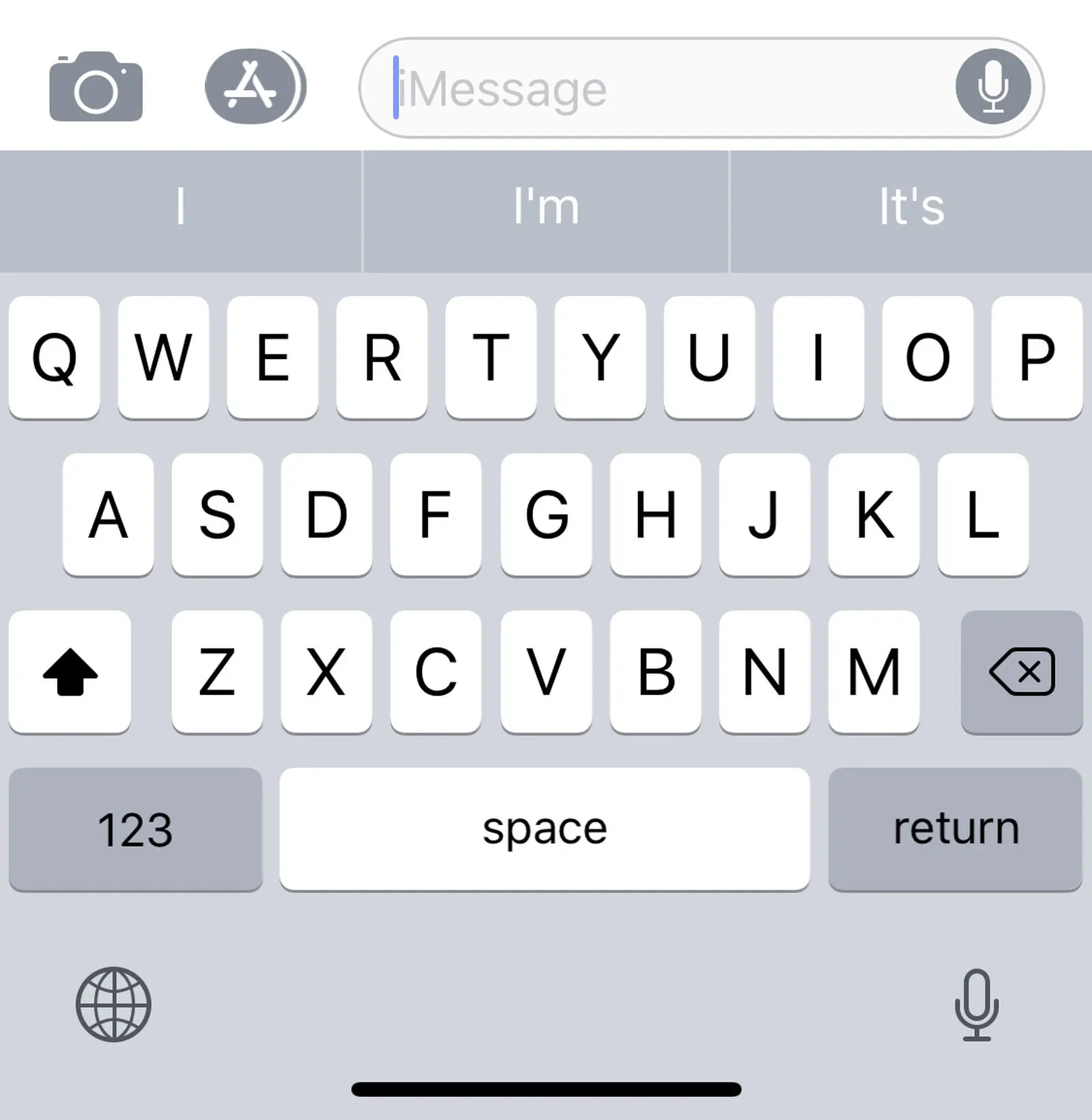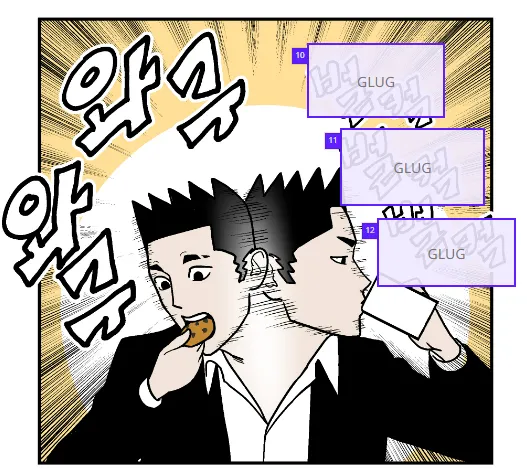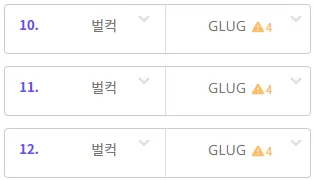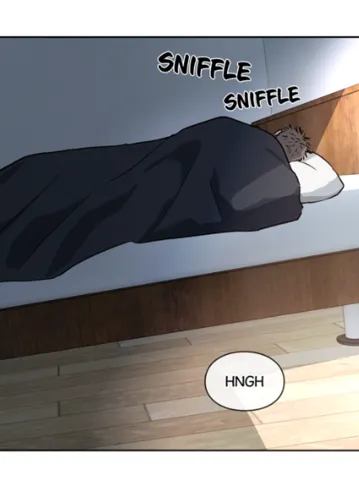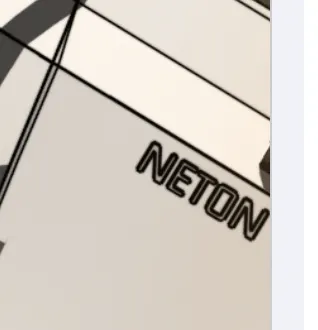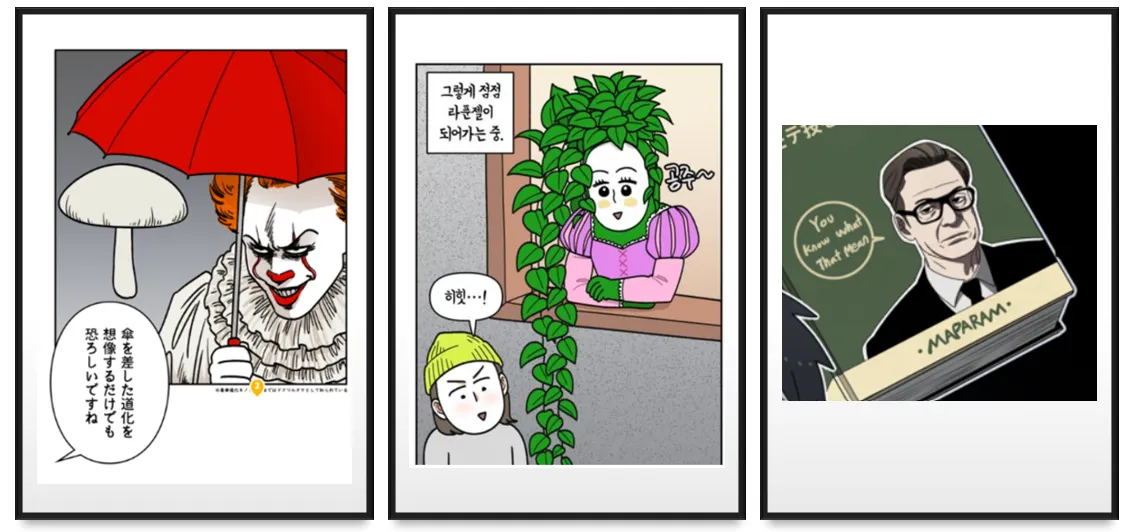[Note] This page is optimized for PC screens.
[Unauthorized Reproduction and Redistribution Prohibited]
The copyright of this material belongs to totus, and its unauthorized use is strictly prohibited under any circumstances.
This is a general translation guide. For overlapping content, please apply the client’s guide first.
Please install the extension below to make the index float.
It will help you to read the guide much easier ;)
Hold on!
Are you currently taking the totus test or participating in the totus challenge?
If so, please disregard the following three items in the guidelines:
1.
Creating a configuration book.
2.
Leaving notes (Typing To-do).
3.
Contacting the PM via Slack.
Thank you.
Date | Category | Navigate |
2025-07-10 | Part 2. LOCALIZATION - Text Formatting 2-1. Line-break (elimination) |
Part 1. Webtoon Translation - The Basics
1-1. Translation vs. Localization
Translation involves converting text from one language to another, while localization takes it a step further by adapting the content to align with the cultural, social, and linguistic norms of the target audience.
This guide will familiarize you with how to localize webtoons. For convenience, however, the terms 'translation' and 'localization' will be used interchangeably from here on.
What to consider while translating:
Korean and English are completely different:
- Speaking patterns
- Sentence structure
- Punctuation
- Humor
- Expressions of emotion: anger, joy, frustration
- And more!
1.
Therefore, it is better to translate the intention rather than the actual words, as long as the translation fits all of the following criteria:
1. STORY is not affected.
2.
Fits the CHARACTER and CONTEXT.
As part of your review process, it's crucial to read through only the English to make sure it makes sense without having to read the Korean.
Consider the English objectively:
Does the conversation still make sense?
Does the dialogue suit this character’s personality/way of speaking?
Does this English expression/word fit this context?
3.
Conveys the INTENTION.
While translating/proofreading, always keep in mind each character’s intention behind what they are saying.
Consider:
Is this literally what the character wants to say or is this just a ‘Korean’ way of speaking?
4.
Matches the TONE.
The English should always match the tone of the Korean. (e.g. Sarcastic, angry, happy, neutral, polite, etc.)
We never want to change the way the author wants to portray their character or story.
2.
It is essential to translate all content appearing in the image, including not only the speech in speech bubbles but also signs in the background and other text displayed on the screen.
3.
Consistency is the key! :
It is important to maintain uniformity and coherence throughout the translated content, considering various aspects such as terminology, character tone and style, formatting, and presentation. Consistency ensures that the translation feels natural, preserves the author's intent, and helps build familiarity and trust with the audience.
1-2. Story Notes
Skip this section if you are taking position tests or challeges. Creating story notes is not needed in those special cases.
1. What is Story Notes?
2. Format
3. How to write Story Notes :
4. How to Utilize Story Notes while Translating:
Updating the Story Note and Notifying PM/APM:
※ Contact Method : Slack
1.
For simple updates or minor changes to the Story Note, it is unnecessary to contact the APM(Assistant Project Manager) or PM(Project Manager).
2.
In the case of significant changes, such as modifying the main character's name or character status, it is important to notify the APM or PM about the update.
1-3. Totus Editor
1.
How to Use Totus Editor
Totus Editor Guide (click!)
2.
Text box
(1) One “text box” is formed per unit of text in speech bubbles, narration boxes, sound effect/onomatopoeia, etc.
(2) Text boxes should be created for all Korean texts, including signs and SMS in the background.
<Good Example>
Text boxes were formed for all Korean texts in the screen.
<Bad Example>
When more than one text box is formed per unit as above, please delete the extra text box(es) and leave just one as below. Or if the text box isn’t formed as above, please “add text box.”
(Refer to Totus Editor Guide: https://voithru.notion.site/NEW-totus-Editor-Guidelines-for-Translators-Test-3c2d478abd6a4c9183b8fdb959756ee3)
<Should be Fixed as Below>
3.
Memo/ Comment
1-4. Translation Ethics
1.
Familiarize yourself with and strictly adhere to the translation guidelines.
2.
If you receive guidelines from the client, prioritize their guidelines over these guidelines.
3.
Pay close attention to avoid mistranslations, grammar errors, and typos in the translated text.
4.
Before submission, thoroughly review the entire translation using a spell-checking tool to prove simple grammar erros/typos :
※ “Language Tool” (click)
We highly receommend you to download this free google extension. This will help you to find and correct grammar and style mistakes.
5.
Do not use machine translations.
6.
Avoid using language that discriminates or belittles based on age, race, gender, occupation, or any other factors.
7.
Be aware that translators are responsible for any issues resulting from deviations in translation direction or ethical standards.
Part 2. LOCALIZATION - Text Formatting
2-1. Line-break
1. Always have your translated text in a diamond/round/square shape. Avoid an hourglass shape.
<Good Example> <Bad Example>
Tip: You can create a diamond/round/square shape by keeping the top and bottom lines the shortest and the middle lines the longest.
2. Only use the "Enter key” to change lines and DO NOT add unnecessary spaces.
a.
The editor is set up with a center alignment by default. Adding unnecessary spaces will mess up the alignment in the end.
※ It is difficult to tell where your line breaks are by looking at the translation section alone, so always decide by referring to your purple text box.
For example, if you see below,
← The alignment and shape of the translated text may not look problematic in the translation section.
← but if you stretchout the purple text box horizontally, you can see that there are no line breaks and the translated text is in one single line.
3. Please avoid changing lines immediately after the article (a/an/the).
<Good Example>
<Bad Example>
Tips:
(1) all texts in the background image such as text messages, letters, web pages (text on screens), documents, handwritings, etc. should be in mixed case (both upper and lower cases).
2-2. Alignment
1.
Consider the typesetting process when you translate.
•
Process of localizing “webtoons”: Translation → Typesetting
What is typesetting?
•
Typesetting is a process where your translated work is designed onto the images using photoshop.
Before Typesetting After Typesetting
•
In the typesetting process, your translation is essentially copied and pasted so you must consider the length and shape of your translated text so that they’ll fit right in the speech bubbles, narratives boxes, etc.
•
Example:
※The translated text on the right is too long and isn’t in the right shape.※
Typesetting is not done by the translator! So any important elements that the typesetter or translation checker should take note of must be mentioned in the Memo section.
•
Check “번역 To-do” when you leave a memo for your translation checker
•
Check “식자 To-do” when you leave a memo for your typesetter
•
You may also check both if need be
Example:
2-3. Grammar
1.
Ensure natural localization of conversations while following grammar rules. Always comply with grammar unless there's a valid reason not to (e.g. when a child is speaking).
2.
Avoid grammar errors/typos/omissions. Before submission, review the entire translation using a spell-checking tool : “Language Tool” (click)
We highly receommend you to download this free google extension. This will help you to find and correct grammar and style mistake.
3.
Always use standard American English.
•
Please do not use British English.
4.
Please avoid using words or expressions from specific dialects or regions.
5.
Tense:
a. No need to follow the Korean, especially for the narration.
b. Keep things consistent.
c. Do what works best for the story and reader experience.
2-4. Punctuation
2-4-1. General Rule
1.
Text Formatting: ALLCAPS
a.
2.
Prioritize natural punctuation, regardless of the original text.
a.
Use punctuation that feels natural in the translated text, even if it differs from the punctuation in the original text.
The rule of thumb is to not follow the punctuation in the original material, because it is highly unlikely that punctuation would make sense in the target language. Always use the most natural punctuation for your target language.
3.
Include punctuation at the end of all English sentences. Add punctuation in English translations, even if the original lacks it.
Example:
3-1. Exception: Sound effects/onomatopoeia that are outside the speech bubbles are exempt from this rule. Remove punctuation marks (except for !, ?, ?! for effect) even if punctuation exists in the original material.
Example:
Source Target
The ellipsis is removed for “HM” that is outside of the speech bubble.
2-4-2. Puntuation Table
•
Please learn the punctuation table below to see which marks can be used and which cannot be used.
•
All use of punctuation marks will follow the standard American English grammar.
•
The use of punctuation greatly vary depending on clients. For overlapping content, please apply the client’s guide first.
Punctuation
Search
2-5. Spacing
Be consistent - Write sentences that are almost exactly the same with consistent spacing as well as punctuation, words, and phrases.
Good Example:
I like reading web novels. Web novels are so much better than novels.
Bad Example:
I like reading webnovels. Web novels are so much better than novels.
2-6. Proper Nouns
•
Names of People
◦
For Korean names, the rule of thumb is to romanize—Romanization Rule (Please localize the names so that the first name come first, and the last name comes after.)
Example: 최지연 → Jiyeon Choi
◦
For Korean last names, use the most widely accepted spelling.
Example: 김 → Gim (X) Kim (O) 노 → No (X) Noh (O)
◦
When it is difficult to pronounce the names or if the meaning of the names change after romanizing, you may hyphenate or tweak the spelling.
Example: 강혜나 → Hyena Gang (X) Haena Kang (O) 이허일 → Heoil Lee → Heo-il Lee
•
Names of Places
◦
Please use proper English translations for regions and districts.
Example: 도 → Do (X) Province (O) 구 → Gu (X) District (O)
군 → Gun (X) County (O)
◦
When real places of names are used and the names are vital to the story, you may use the official English names of those places.
▪
However, the rule of thumb is to use made-up names.
•
Brand, Product Names, Names of Famous People
◦
The rule of thumb is to slightly change names that actually exist. (When necessary to be used for the story, please consult your PM/LG.)
Example: Burger King (X) Burger Queen (O) Gucci (X) Kucci (O)
2-7. Numbers
Rule | Exception | |
(1) Please spell out numbers one to nine, and use digits for numbers 10 and above. | (1) Even for numbers 10 or higher, if emphasis is needed in context, it is permissible to spell them out.
Example: A HUNDRED, A THOUSAND, etc.
(2) For numbers from 1 to 9, if there are two or more numbers in a sentence, use Arabic numerals.
Example: “하나, 둘, 셋, 화이팅!” → “1, 2, 3, LET'S GO” | |
(1) The age of the characters should be localized.
Example: “내 나이 19세, 시들시들한 고3이다.” → “I’m 18 years old, withering away as a high school senior.” | ||
(1) Localize the format of the phone number and mix digits with Xs.
Example:
Korean 010-1234-XXXX
American 614-886-XXXX |
2-8. Units
1.
Currency Units 
(1) Localize currency. (1,000KRW=1USD)
a.
Please do not use “KRW” or “USD” (dollars, $ can be used).
b.
Exceptions may apply depending on the nature of the work. Check with PM/APM when unsure.
(2) For historical dramas, use obsolete units (e.g., 리, 되, 푼, 말, 치, etc.) and used units must be recorded in the story notes. Notify PM/APM.
(3) In fantasy works or cases where units are specific to the work, record them in the story notes and provide the original phonetic translation.
2.
Measurement Units 
(1) Use the metric system.
a.
Distance: mm/cm/m
b.
Weight: kg
c.
Temperature: C’ Use kg for weight, and mm/cm/m for distance.
3.
Time Units 
Time:
(1) Follow the 12h-system and not the 24h-system for indicating time (am, pm).
Example:
13:50 (X) → 1:50 pm (O)
Dates:
(1) Avoid using Arabic numbers for narrative date indication.
Good Example: ONE MONTH AGO, YESTERDAY, ONE DAY BEFORE, FIVE YEARS LATER, etc.
2-9. Footnotes/Annotations
1.
Avoid using footnotes
•
In considering readability, use footnotes only when it is necessary to keep the elements of the original work.
◦
How to use footnotes:
1. Place an asterisk (*) behind the word you’re footnoting.
2. Add a new text box below and add your footnote. (*Word: Footnote)
2-10. “To Be Continued”
1.
Include “TO BE CONTINUED” at the end of each episode where you see “다음화에 계속됩니다”
2.
Line-break as follows:
TO BE
CONTINUED
“There is no “다음화에 계속됩니다” in the original image!”
Check with your PM to see if you should create a textbox and write “TO BE CONTINUED”.
2-11. Text Formatting
1.
Create a starting point for our translated version.
a.
Avoid simply copying the original text.
b.
Instead create a new version that suits the target audience. This could be maintaining minimal formatting and relying on punctuation for tone emphasis, such as using ! or !!! or ?! or ?!!!, etc.
2.
Use italics, bolding, or both, if a scene needs to be louder or more dramatic. Refer to the character illustrations and original formatting as a guide to decide when to add emphasis.
Text Formatting
Search
2-12. Profanity/Offensive Language
Adult/ BL/ GL :
1.
Curse words and profanity may be used. Check with Follow Client’s guidlines.
2.
Avoid discriminary terms aginast sexual minorities.
Non-Adult/ Non-BL/ Non-GL :
1.
For regular content, censor with asterisks (*) or refined words.
2.
Avoid discriminary terms aginast sexual minorities.
<Example>
씨발 → F*ck
Queer, f*g → LGBTQ+ , sexual minorities (Use neutral and affirming language).
2-13. Image Localization
The goal is to provide English webcomic readers with the same experience as the original.
For phone keyboards and PC keyboards in webtoon background images, please ensure they are localized to the target language and culture.
If you encounter other image localization cases and are unsure how to proceed, kindly consult with the PM.
Part 3. LOCALIZATION - Translation Style
3-1. Sound Effects/Onomatopoeia
1.
Please use the most commons sound effects and onomatopoeias.
•
Sound effects/Onomatopoeia Collection: Google Sheet (Click)
◦
The above collection is for Korean-to-English translations and is only meant to be used as a reference. Please use the most appropriate sound effect/onomatopoeia needed.
2.
Please use one word for your sound effect/onomatopoeia.
Example: LEAN (O) LEAN IN (X) RELEASE (O) LET GO (X)
3.
The goal is to use “sound words,” but if the action you are trying to portray cannot be expressed in sound words, use appropriate action verbs/adjectives. When you use action verbs, use the root form of the verbs. [Verbs are preferred over adjectives.]
Example: JUMP (O) JUMPING (X) JUMPS (X)
4.
Please recognize and keep the sound effects/onomatopoeia as one word even if gaps exist in the original material.
Example:
씨 익 → GR IN (X) GRIN(O)
5.
Repeated sound effect in the same image :
a.
General Rule:
•
Repetitive sounds/movements = repeat the English word in the same image.
•
Non-repetitive sounds/movements = just use one, omit the other.
NOTE: These are just general rules that should fit most contexts. There will be cases that are exceptions to the rules -- always consider the context and adapt.
( E.g., AWKWARD AWKWARD instead of single AWKWARD at a particularly awkward moment in the story; COUGH COUGH COUGH used throughout panels when a character is coughing. )
Example Image
6.
For mature content, you may omit punctuation for sound effects/onomatopoeia if that is the only thing in the speech bubble.
Example:
3-2. Slang/Idioms/Abbreviations
1.
Please avoid using neologisms (unless it is requested to be used in specific materials).
•
Please avoid using internet abbreviations like LOL, WTF, etc. (When necessary to be used, consult your PM/LG).
2.
Localize idioms to ensure they are culturally relevant and understandable for the target audience.
3.
Avoid excessive abbreviation or acronyms, especially in the main content or dialogue, to ensure clarity and readability for the audience.
Part 4. Cautionary Notes
4-1. Copyright
[Copyright Check]
1.
Attach the image and request copyright check to the PM or APM on Slack.
2.
If the logo needs to be changed/deleted, please write it in the "Typesetter To-do" memo.
Memo Example
[Copyright Check] Slam Dunk Parody Cut
[Copyright Check] Brand Img Exposure
1.
Text
Rule: The rule of thumb is to slightly change names and lyrics that actually exist .
Exception: When it is absolutely necessary to be used for the story, please consult your PM. And include this information using the [Memo] feature and mark “식자-To do”
•
Brand, Product Names, Names of Famous People
◦
Example: Burger King (X) Burger Queen (O) Gucci (X) Kucci (O)
•
Lyrics
◦
In cases where villains sing a song or when it would damage the image of the song, musical notes or hums may be used as alternatives.
2.
Image
Rule: If it does not negatively impact the brand image, it is acceptable to display brand trademarks (e.g., brand names like Louis Vuitton, monogram images) as they are.
Exception: If the brand image is affected negatively, please inform the assigned PM and request the typesetter to delete or modify the image using the [Memo] feature. Mark it as “식자-To do”
•
Brand Logos, Product Images
•
Movie Parody
1. Joker Parody 2. Rapunzel Parody 3. Kingsman Parody
•
Paper Money (background)
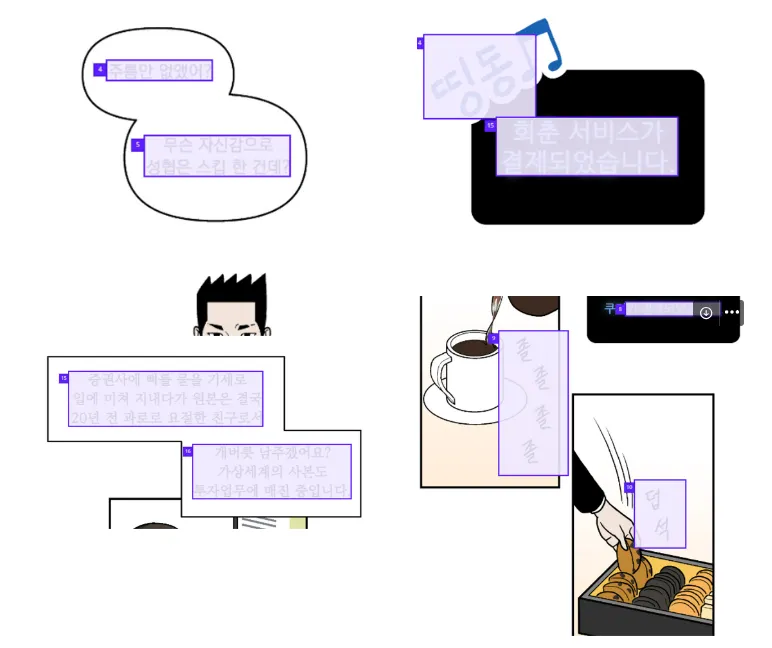

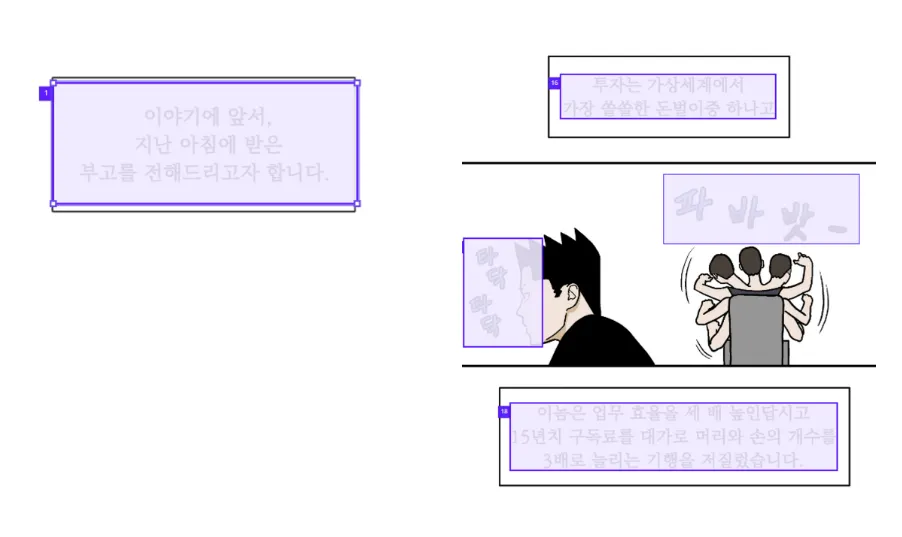
.png&blockId=56a346c5-b69c-4f04-b592-ced1fe586a25)
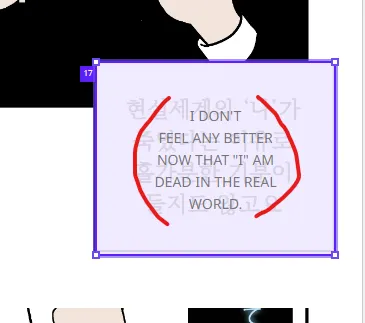

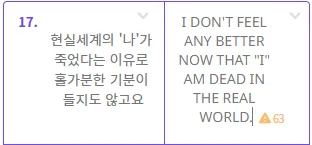
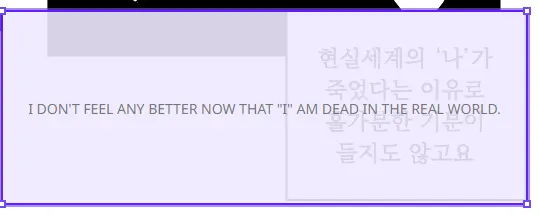
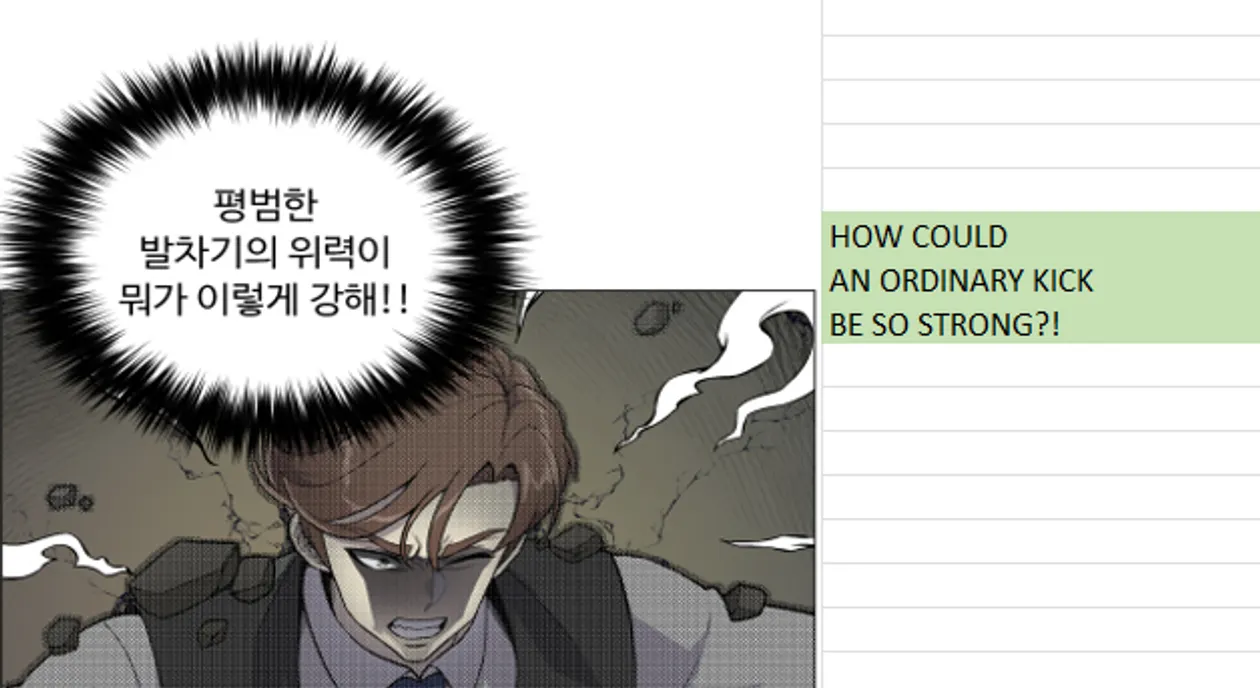
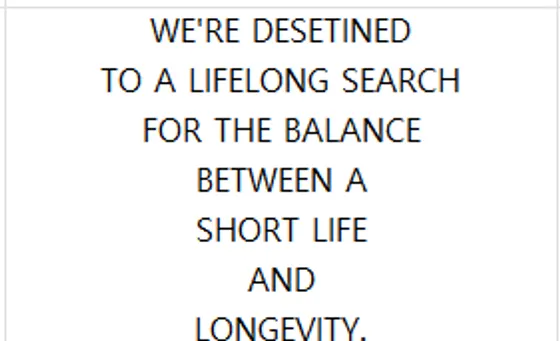
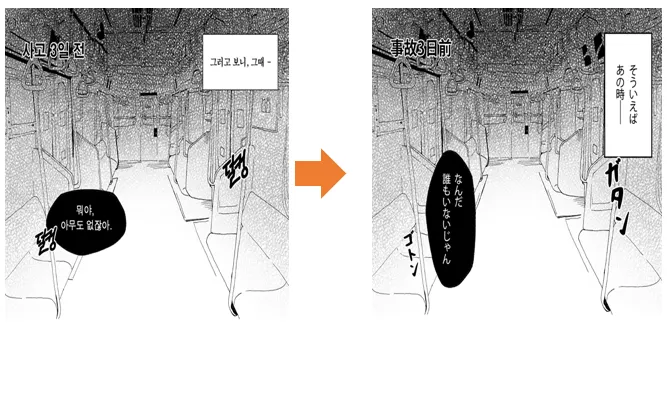

.png&blockId=f2f3fa87-f72b-4747-9de2-a76707808729)
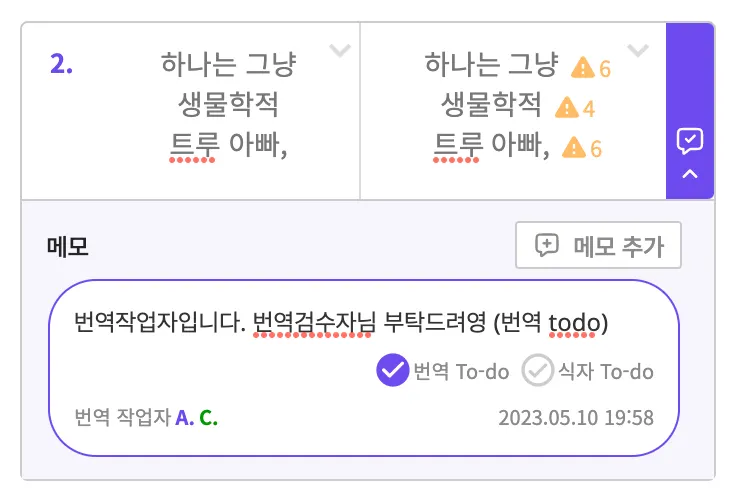

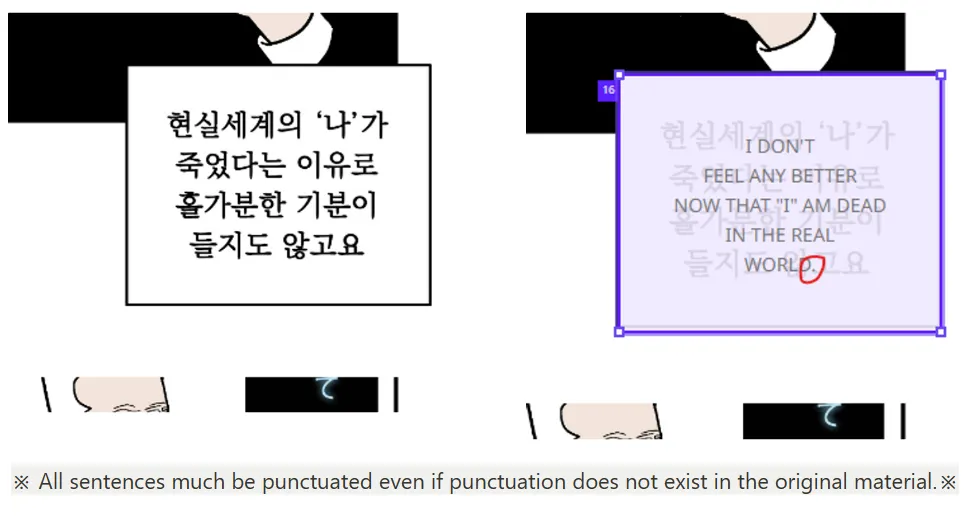

.jpg&blockId=a8993f0b-c76b-4c0c-adee-5e30c5fdbc06)

.png&blockId=3f1a48f8-09e7-46c0-9a8f-c290f8a75b00)
.png&blockId=1b7f967f-d8f2-4a25-bce1-a4b7cdc7a7d7)
